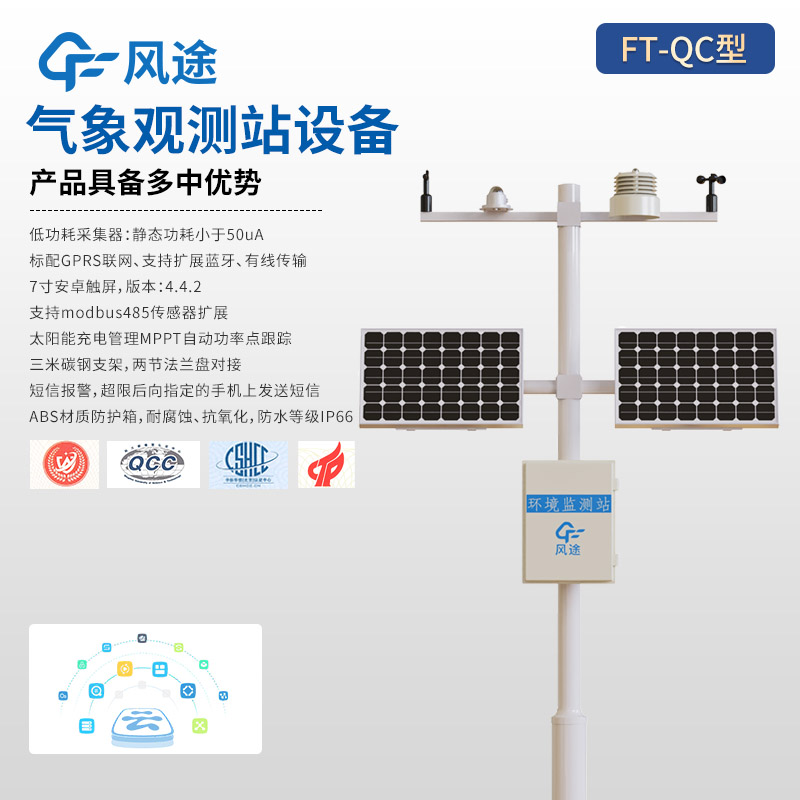Meteorological environment monitoring equipment supplier
Insist on doing high-precision customer favorite technology products
"Natural disasters" are part of natural phenomena that can pose risks to human life and property. These include rapid-onset earthquakes, volcanic eruptions, tsunamis and floods, as well as slow-onset droughts and land degradation. They can also be triggered or exacerbated by human activities, such as overexploitation of resources and damage to the environment. Natural disasters not only threaten human safety and health, but can also cause economic loss and social instability. It is therefore important to understand and prepare for these disasters.
Understanding the causes and evolution of natural disasters from a scientific perspective and working to reduce the damage they cause has become a global concern. With the rapid development of technologies such as sensors, positioning and artificial intelligence, disaster prevention and control engineering is increasingly incorporating high-tech elements. This has fuelled the creation of numerous natural disaster monitoring devices and the implementation of a range of integrated early warning solutions. These advances have not only reduced the burden on staff and improved efficiency, but also enabled more frequent monitoring, more timely prevention and more comprehensive protection.
Weather station monitoring equipment is a system that integrates a variety of sensors to provide accurate data on environmental elements such as wind speed and direction, temperature, humidity, barometric pressure and precipitation. Depending on their needs, users can choose to add additional sensors to monitor more meteorological parameters such as UV intensity or air quality for applications in different scenarios such as meteorological research, environmental monitoring, aviation safety, harbour operations, agricultural planning or traffic management. This customisable monitoring solution ensures that the monitoring station can be flexibly adapted to a wide range of specialised needs.
Depending on the application environment, there are various types of weather monitoring stations, including:
Portable weather stations for easy portability and rapid deployment.
Small weather stations, suitable for sites with limited space.
Agricultural and forestry weather stations, designed for agriculture and forestry monitoring.
Campus weather stations, which provide essential meteorological data to educational institutions.
Forest fire weather station to monitor fire risks in forested areas.
Scenic weather stations, providing real-time meteorological information for tourist areas.
Traffic weather station to monitor road and traffic conditions.
Ultrasonic weather station, using ultrasonic technology for accurate measurements.
